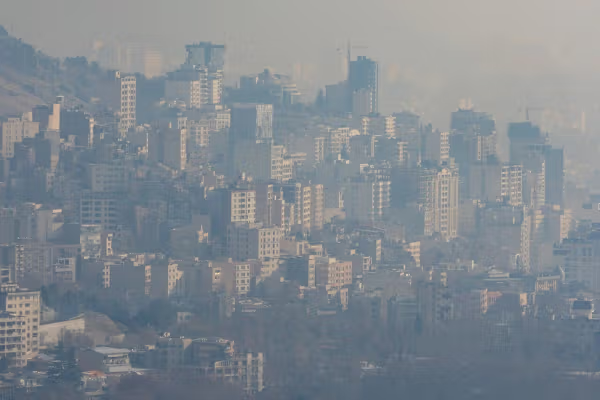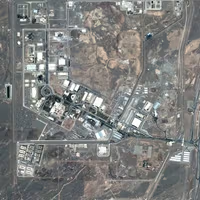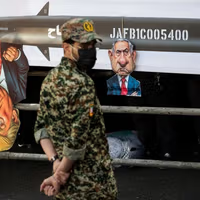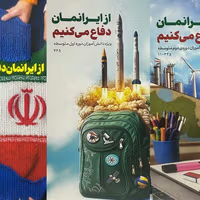“From the early 1970s, groundwater withdrawal increased and farmers and other users turned heavily to underground resources,” Hossein Zafari said in remarks published by ISNA. “Gradually, with this extraction and worsening droughts, land subsidence intensified in parts of the country and this trend has continued.”
Razavi Khorasan, Fars, Kerman, Khuzestan and Isfahan, Zafari said, contain Iran’s broadest subsidence zones, while Isfahan, Razavi Khorasan, Fars and Tehran have the highest number of cities exposed.
The largest affected populations live in Tehran, Razavi Khorasan and Isfahan, he added.
Officials in several ministries have raised similar alarms in recent months. Land subsidence now affects 30 provinces except Gilan, Culture Minister Reza Salehi-Amiri said on Monday, adding that conditions in several regions have reached a critical point.
Last month, Ali Beitollahi, head of earthquake engineering at Iran's Ministry of Housing research center, said 750 Iranian cities face subsidence, warning earlier this year that Iran ranks third globally for the scale of the phenomenon.
In 2023, reports emerged indicating that the Iranian government had withheld key information regarding the worsening subsidence crisis. Last year, Iranian experts classified the situation as "critical," warning that it threatens the lives of over 39 million people.
The crisis is driven by a combination of factors, including dam construction, climate change, inefficient water use in agriculture and industry, and the over-extraction of underground aquifers through illegal wells. These interrelated issues now pose a severe risk to millions across the country.











